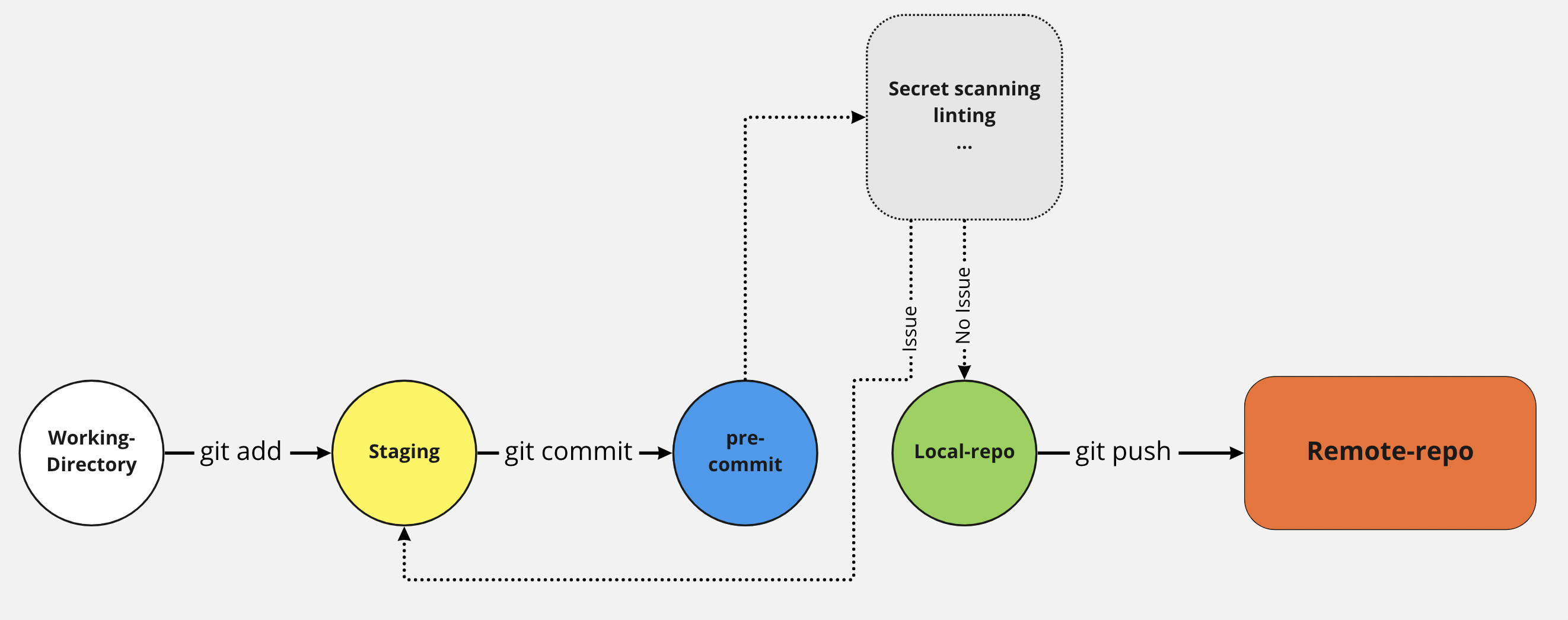OWASP DevSecOps Guideline - v-0.2
Linting Code
What Is Linting?
Linting is the automated checking of your source code for programmatic and stylistic errors. This is done by using a lint tool (otherwise known as linter). A lint tool is a basic static code analyzer.
What can Linting do?
- Linting can detect errors in a code and errors that can lead to a security vulnerabilities.
- Linters Can Also detect formatting or styling issues and makes the code more readable for more secure code.
- Linters can suggest best practices.
- Also they can increases overall quality of the code.
- Since everybody follows the same linting rules it makes maintenance of code easier.
Basic Lint Tools
Lint tools are the most basic form of static analysis. Using lint tools can be helpful for identifying common errors, such as:
- Indexing beyond arrays.
- Dereferencing null pointers.
- (Potentially) dangerous data type combinations.
- Unreachable code.
- Non-portable constructs.
Advanced Static Analysis Tools
Advanced static analysis tools typically deliver:
- Pattern-based simulation.
- Quality and complexity metrics.
- Best practice recommendations for developers.
- Support for multiple safety and security-focused coding standards.
- Out-of-the-box certification for use in the development of safety-critical applications.
Issues with Linters
- Not every language has “quality” standard linter tools available, each framwork usually has one or several linters.
- Different versions or configurations can lead to different results.
- Since some linters are very verbose and information overload can lead to focusing on “unimportant” issues.
Where and When to Use Linter

You can perform it in the pre-commit phase, so locally before actually committing code to your local repository to your local clone. Another phase where you often see linting is during the build phase, So here the build server pulls the code from the Git repository and performs linting on it and reports back that results from linting phase.